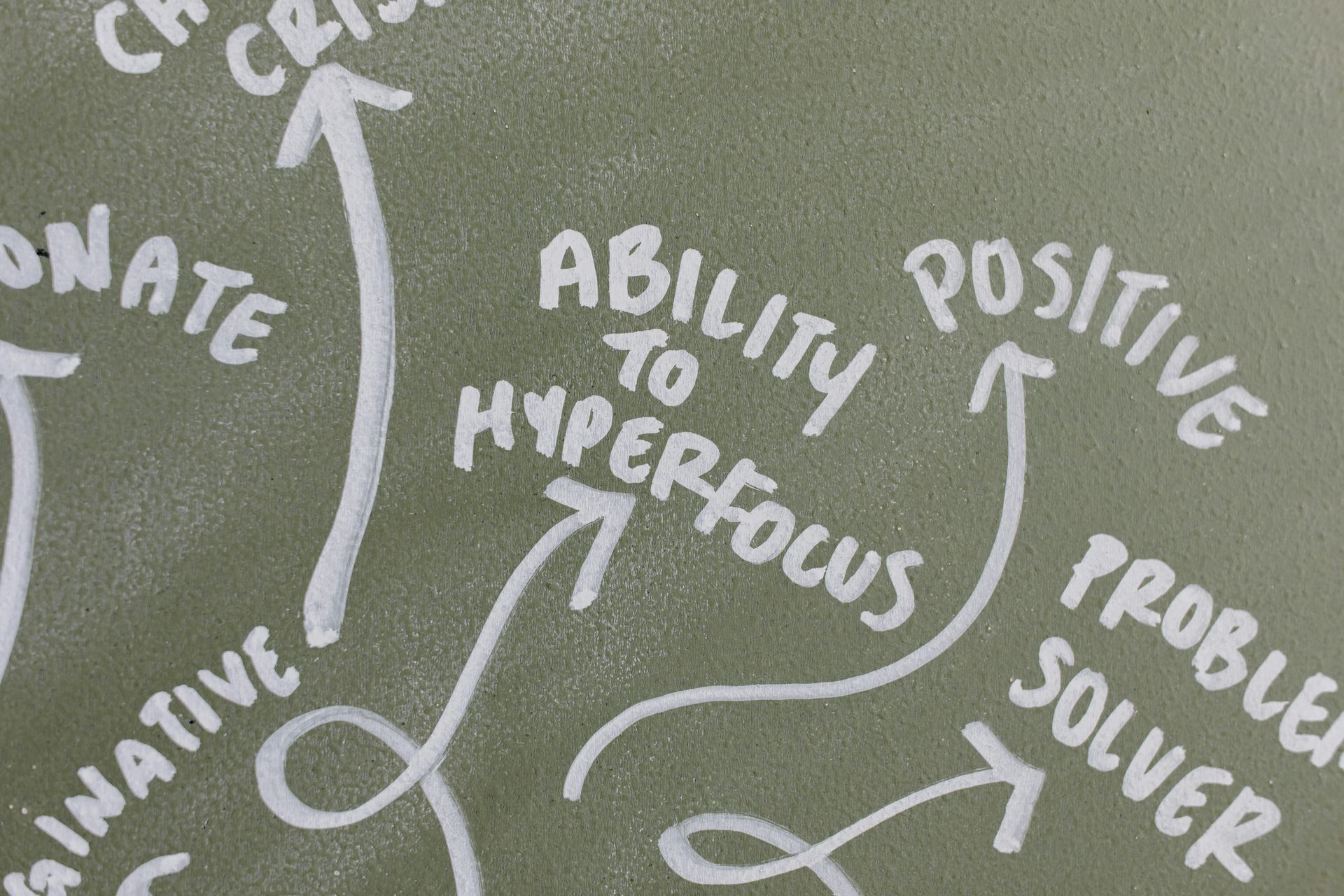Sentiment analysis is the test of character for leaders and organisations
Neelix IO Pty Ltd • August 21, 2021
"Knowledge will give you power, but character respect " - Bruce Lee
No technology can solve purely human problems. The biggest problem with engaging team members or employees is the authenticity of the feedback. We live in a post-truth society and people don't open up (in fact, some choose to lie). On top of that, it is difficult for a corporate environment to be safe from a feedback perspective. However, there is a way to see through the fog.
We need meaningful sentiment analysis to effectively navigate the maturity curve. This post is a challenge for organizations and executives to test motivation to get employee feedback. This motivation is fundamental to the choice of models and tools. Improving talent retention is an ongoing challenge and requires an innovative approach to sentiment analysis.
Naturally, there is no silver bullet in this or any other complex problem area. So let's get back to the basics of “If you don't want to be fooled, you need to know what you crave” (Pamela Meyer).
Consider a hypothetical use case...
Sarah works with a team of eight in a medium-sized organization. A clever, gamified survey is issued to gain insights into well-being of the squad and the department. Sarah finds a way not to participate in the survey. Her motivation is based on the perception that the final survey result will show that she is a whistle-blower about the things that are hiding under the rug. It is equally important that she tried to explain the existing mediocrity to the management, but nothing materially changed.
This use case emphasizes the human dimension of sentiment analysis. Despite scientific advances and efforts to create intelligent and engaging research, this interaction is taking place at a stage where a repair of sorts is already required. Re-engaging emotionally disconnected team members requires more than a catch-me-if-you-can game.
Gotchas of lagging indicators are well known - e.g. response bias from questions, their order and even who issued the survey (Response Biases in Standardised Surveys, Kathrin Bogner & Uta Landrock). If periodic surveys were not the only answer, how can we do better?
Real time grassroots feedback loop can be incredibly powerful. Such an approach can certainly provide extra insights. However, there are also pitfalls. Let's be honest, in larger organizations, personality, generational, and skill diversity can skew results. It takes a little mentoring and leadership maturity to unleash the full value of real-time feedback.
A common feature of any dimension of sentiment is the fact that people can only be understood through real human interactions. There is no way to get rid of the need to read body language, understand perspectives through rough exchange, etc.
The point of sentiment analysis is to achieve a state where people feel safe to be honest. The root of the problem lies somewhere in this question - do the organization and the leader deserve real trust?
The point of this article is to remind us that winning trust is not a transactional exercise. Leaders must constantly prove their authenticity. All prior trust can evaporate if commitment to staying honest loses consistency. Same goes for the motivation of surveys. If team members perceive the intent of feedback to be as just another ‘data mining’ exercise, then the engagement is a non-starter.
If your sentiment analysis lacks character, you are unlikely to fully appreciate the character of your team. The feedback process should be conditional on a prior commitment to accept whatever is submitted in its raw form. Rephrasing and ironing out the opinions of survey participants is just as bad as deleting customer comments on social media.
Anecdotal evidence suggests that employees leave because of poor leadership. Surveys are not only about finding opportunities for improvement and responding to change. Sentiment analysis should be future-oriented - for example, it is an opportunity to demonstrate the power of leadership and mature mindset.
How does one show leadership character and re-energise employee engagement?
- Put your money where your mouth is - display raw summary of sentiment analysis on the board behind you when speaking at town halls events.
- Be transparent about the current point on the maturity curve (The Wisdom of Teams - Creating the High Performance , by Jon R. Katzenbach, Douglas K. Smith, 1992).
- Embrace smart transparency at workplace



